Overview
Chinese Name: 岱山, 岱宗, 岱岳, 东岳, 泰岳
English Name: Mount Tai, Tai Shan
Location: Tai’an City, Shandong Province
Type: Natural landscape
Rating Level: AAAAA (5A)
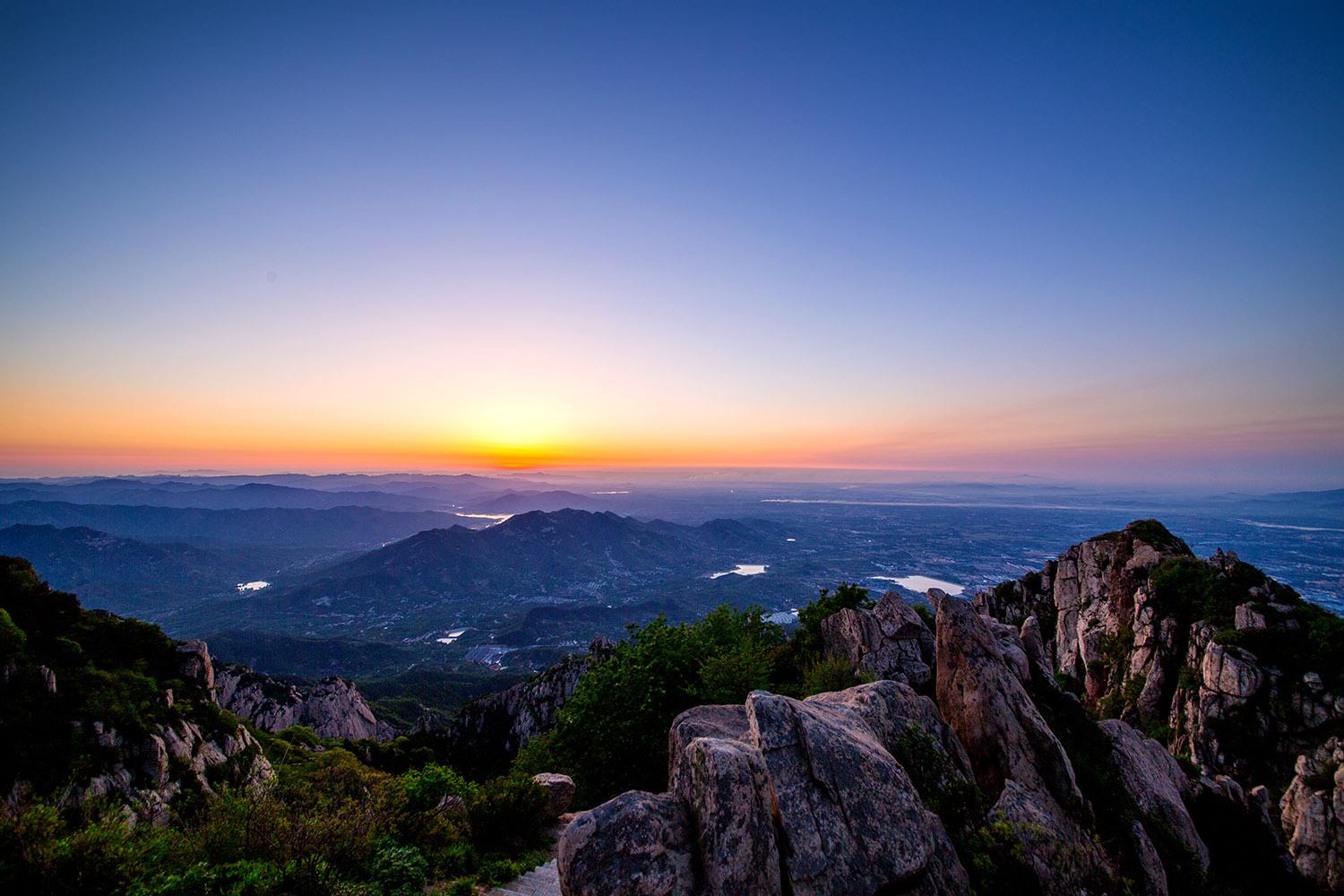
Brief Introduction
Mount Tai 泰山, the first of China’s Five Sacred Mountains 中国五圣山, is known as Dai Mountain in ancient times, also known as Daizong and Tiansun. It is located in the central part of Shandong Province, within the territory of Tai’an City, and stands among the mountains in the middle of Shandong Province. the main peak, Yuhuangding 玉皇顶, is 1545 meters above sea level.
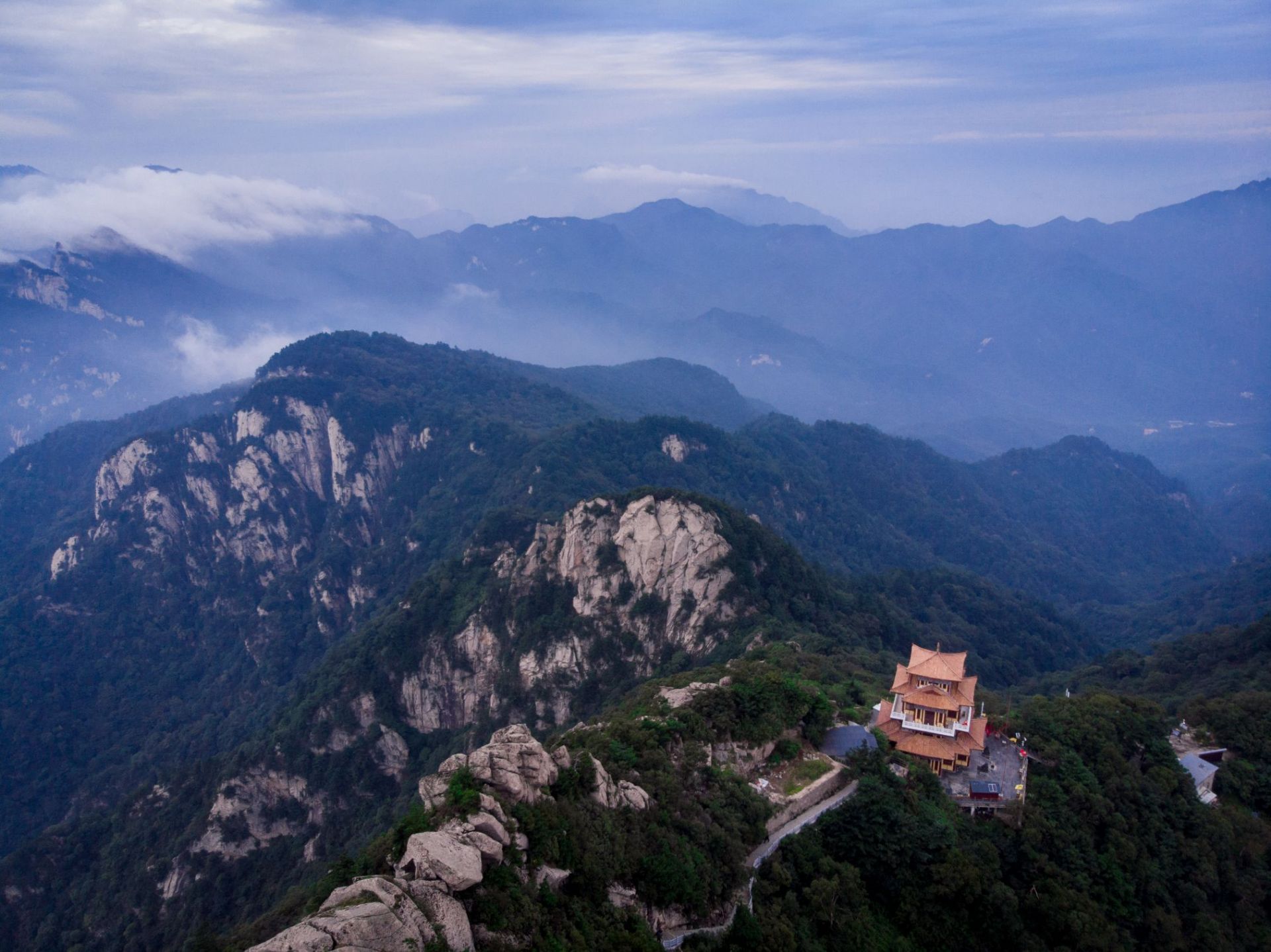
There are Beixin Culture and Dawenkou Culture in the south of Mount Tai, and Longshan Culture in the north.
Mount Tai has been a place of worship for at least 3,000 years and served as one of the most important ceremonial centers of China during large portions of this period. Because of its sacred importance and dramatic landscape, it was made a UNESCO World Heritage Site 联合国教科文组织世界遗产 in 1987.
It meets 7 of the 10 evaluation standards of World Heritage, and is listed as a World Heritage site that meets the most standards, along with the Tasmanian Wilderness World Heritage Area in Australia.
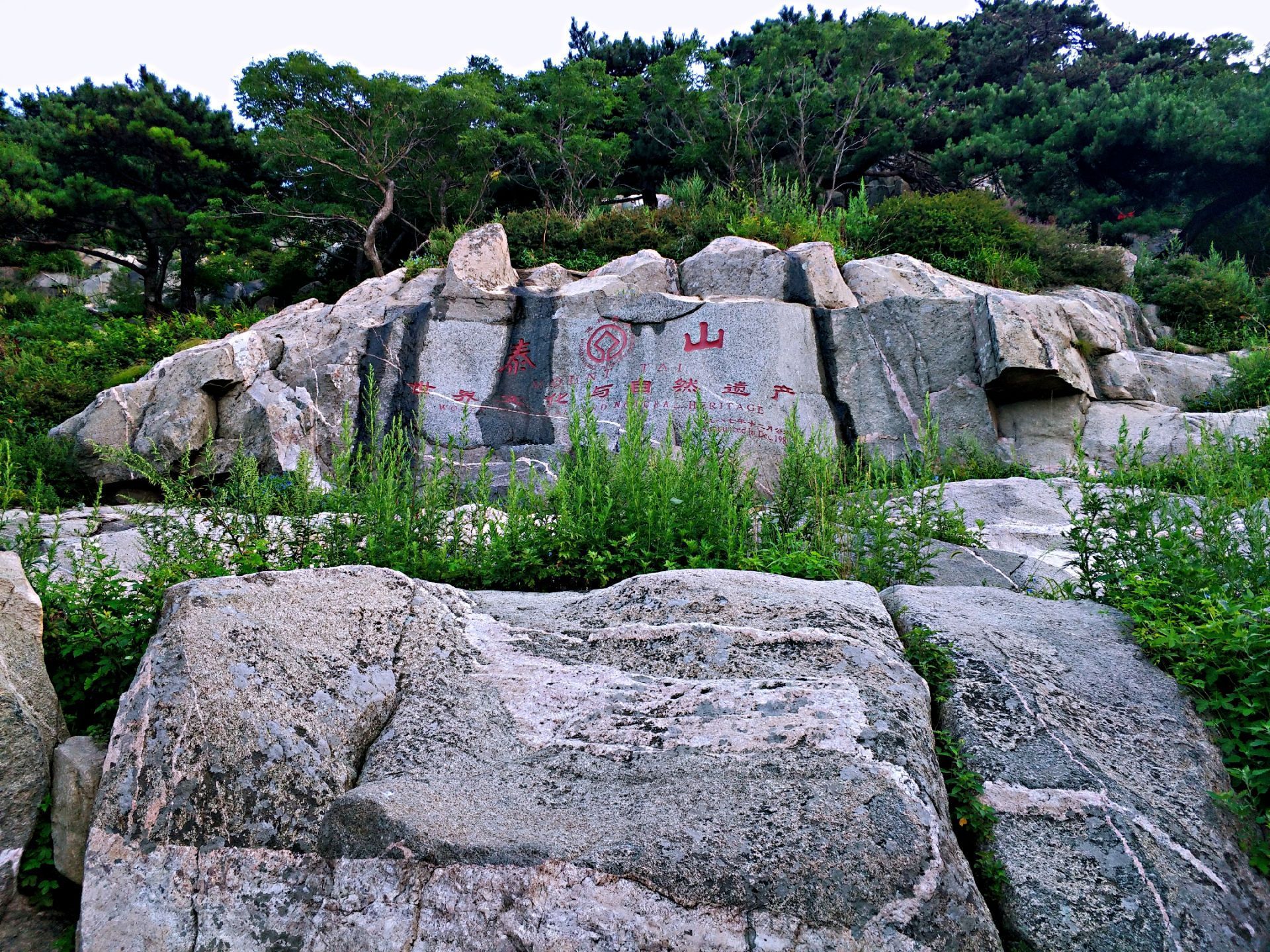
Mount Tai is the symbol of Chinese national culture, the sustenance of the idea of ”harmony between man and nature”, and the national spirit of the Chinese nation.
In 1831 BC or 1652 BC, an earthquake or thunder quake occurred in the Taishan area, also known as the Taishan earthquake 台山地震, which is currently considered by most scholars to be the earliest recorded earthquake in Chinese history.
What is worth to visit and see?
Main attractions
From the Qin Emperor, Han Wu, Tang Zong, Song Zu to the Ming and Qing dynasties, Mount Tai has been worshipped by emperors of all dynasties.
There are Dai Temple 岱庙, Puzhao Temple 普照寺, Bixia Temple碧霞祠, Jingshiyu Stone Carving 经石峪刻石, Lingyan Temple 灵岩寺and other scenic spots and scenic spots such as Jade Emperor Peak, Riguan Peak 日观峰, Yueguan Peak 月观峰, Shiwu Songtao 石坞松涛, Baizhang Cliff 百仗崖, Yingchou Stream 鹰愁涧, Longtan Waterfall 龙潭瀑布and many other scenic spots. Ancient and famous trees.
Puzhao Temple consists of the first mountain gate 第一山门, the bell and drum tower 钟鼓楼, the second mountain gate 第二山门, the east and west side halls 东西配殿, the Daxiong Hall 大雄宝殿, the April Pavilion 四月亭, the Mosong Building 墨松楼, the Shitang Courtyard 石塘院, the Chrysanthemum Courtyard 菊花院, and the East Chan Courtyard 东院. The courtyard has a construction area of 1177 square meters.
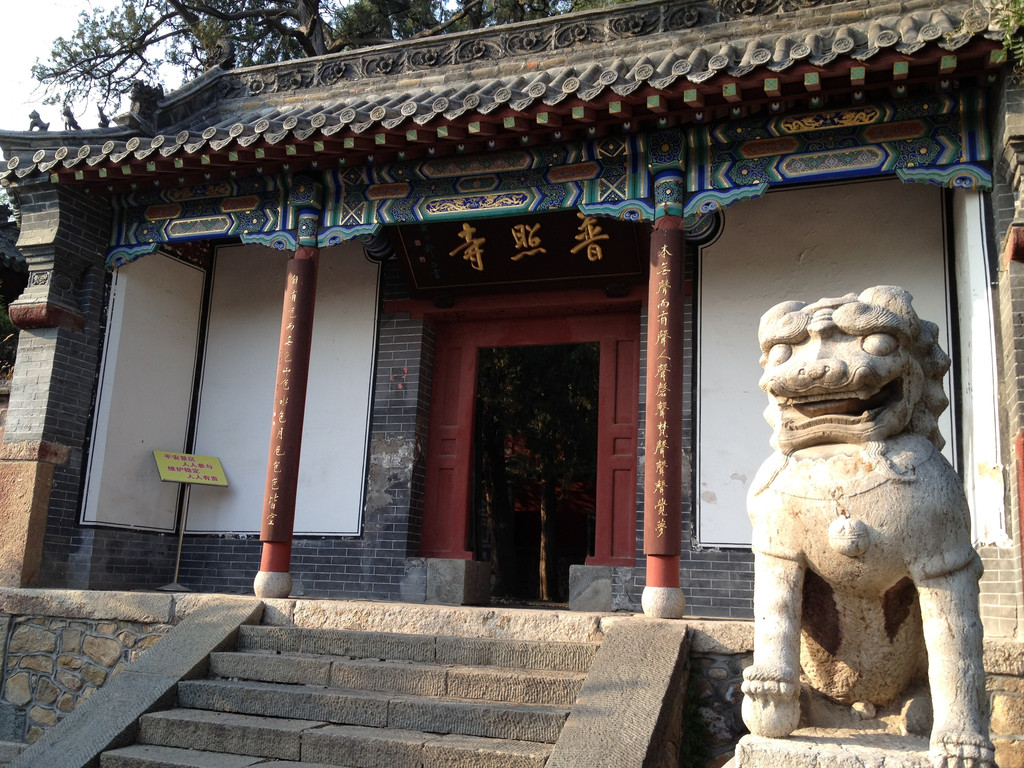
Bixia Temple is located in the south of the extreme top of Mount Tai, the east end of Tianjie, Daguan Peak 大观峰in the north, Zhuting Pavilion 竹亭阁in the east, Zhenyigang 真一岗in the west, and Baozangling 宝藏岭in the south. It was first built in the Northern Song Dynasty. Bixia Temple is the ancestral court of the famous Taoist goddess Bixia Yuanjun, and it is the largest alpine ancient building complex in Mount Tai.

Riguan Peak, Mount Tai Scenic Spot in Shandong. Located in the southeast of Yuhuangding, it was called Jieqiuyan 界秋岩 in ancient times , and was famous for watching the sunrise. The sun viewing corridor is 30 meters long, and the pavilions and corridors are connected. Gongbei Stone, also known as Guanhai Stone 观海石, is 6.5 meters long, 8 degrees from east to west, north to south, and 30 degrees to the ground. Climb on it to enjoy the view of the rising sun.
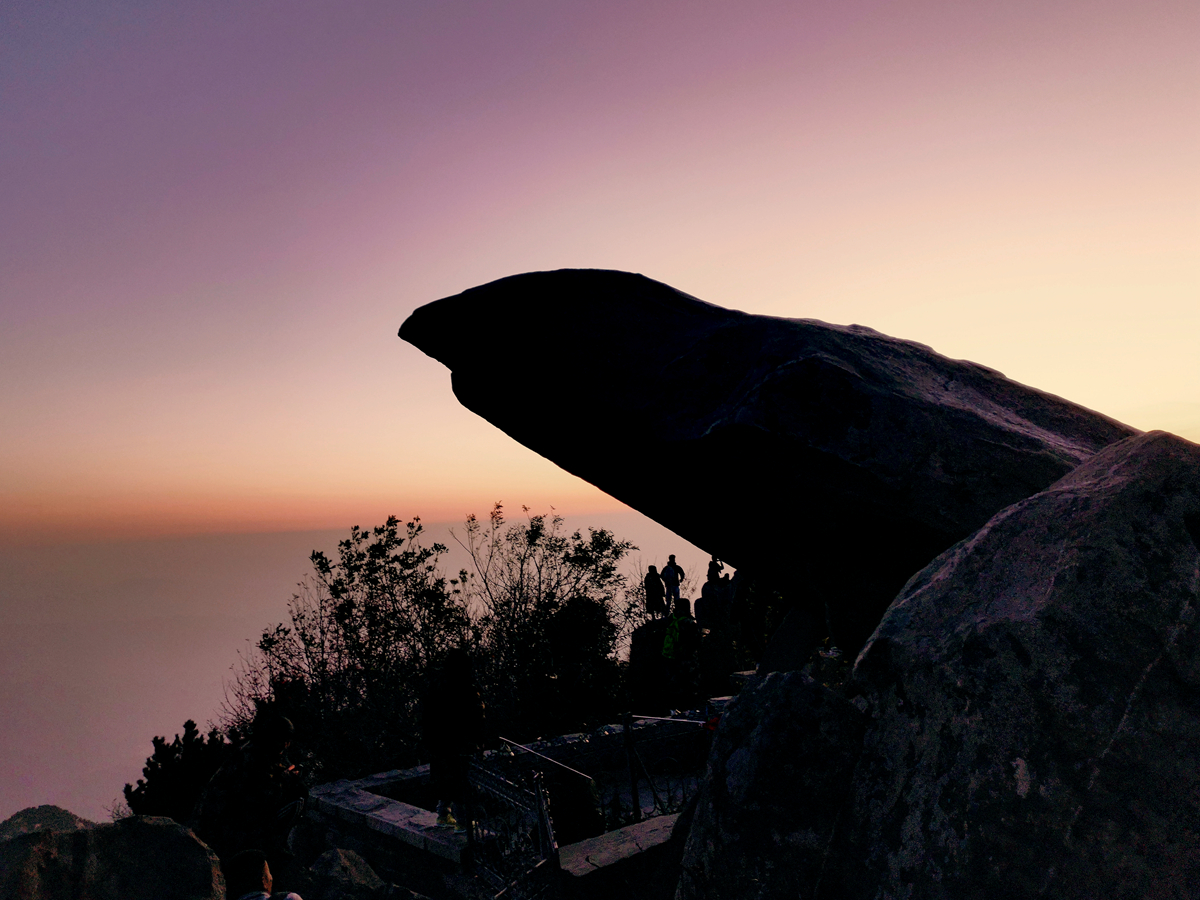
Baizhang Cliff Scenic Area integrates green mountains, green water, strange rocks, waterfalls, and secluded valleys. The canyon is 3 kilometers long, with more than 30 waterfalls, numerous Bitan, and virgin forests on both sides.
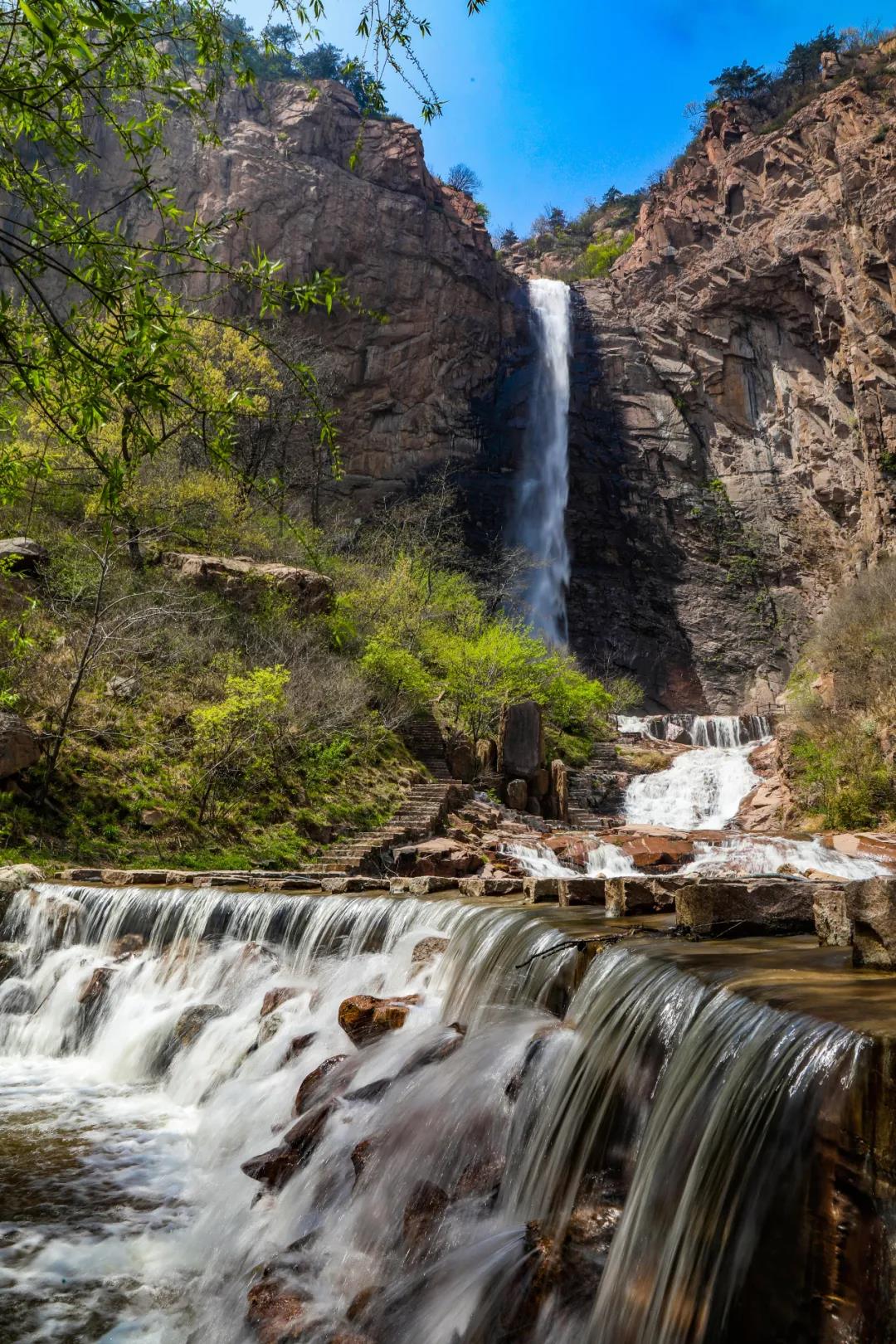
Humanity history
There are Beixin Culture and Dawenkou Culture in the south of Mount Tai, and Longshan Culture in the north.
Because of its high height, Mount Tai was regarded by the ancients as a paradise that “connects directly to the throne of the emperor”, and became a sacred mountain worshipped by the people and worshipped by emperors.
There are written records that from Qin Shihuang to the Qing Dynasty, there were 13 generations of emperors who invited them to ascend Mount Tai to worship or worship, and 24 generations of emperors sent officials to sacrifice 72 times.
Ancient literati and scholars even admired Mount Tai, and they came to visit and write poems. There are more than 20 ancient building complexes and more than 2,200 stone inscriptions on the grand mountain of Mount Tai. Taoism and Buddhism regard Mount Tai as a “fairy mountain Buddhist country”, deifies Mount Tai, and builds a large number of palaces and temples on Mount Tai.
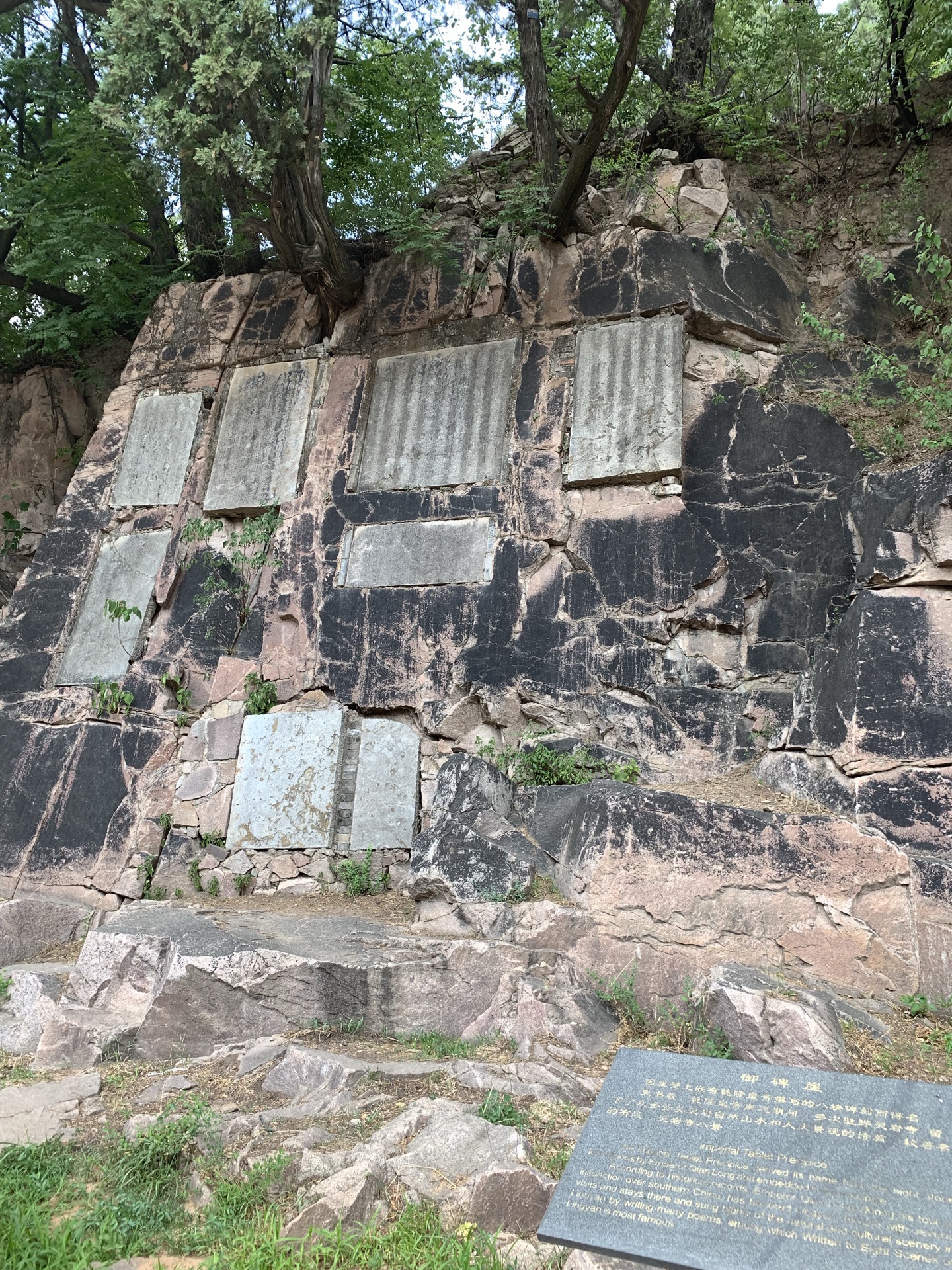
Such as Puzhao Temple in Lingyan Temple. Jingshiyu’s “Diamond Sutra” stone carvings are famous at home and abroad. Scientists and historians have left a lot of writings on Mount Tai as a research object.
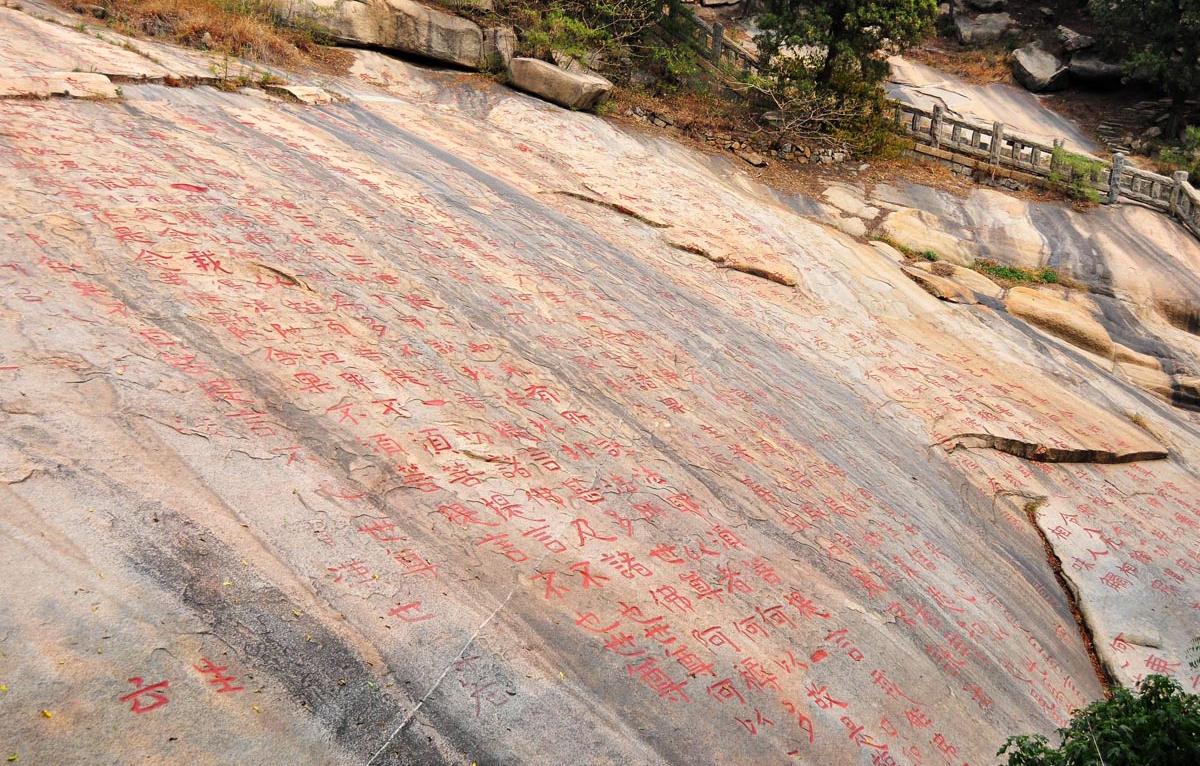
Mount Taishan | The Place Where Chinese Emperors Reported Their Work To Heaven
I think that You may also be interested in Mount Hua.